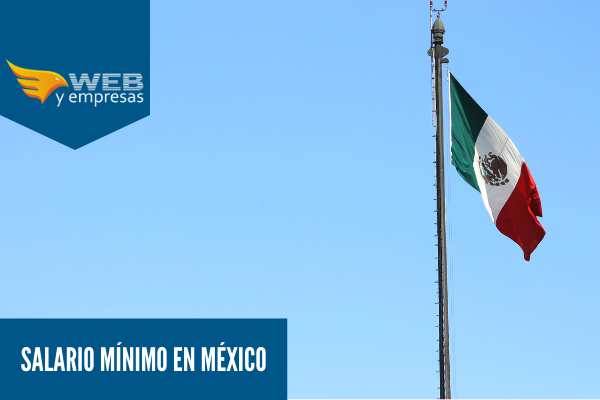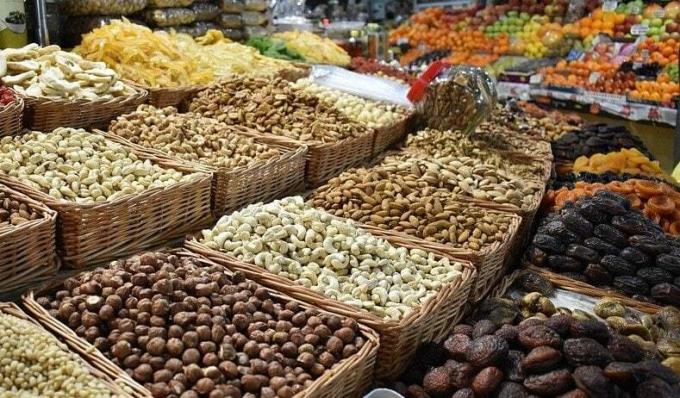The economic cycle It is a phenomenon that belongs to the variations that are repeated in the growth rates of production, employment and other macroeconomic variables during a given period of time in the short term, mostly it can happen during several years.
This phenomenon contains a great diversity of common characteristics that generally tend to be repeated, however, they have periods and amplitudes that are usually variable. It is known as cycleSince each time you finish you can start over from the beginning, forming a continuous wheel. Despite this, it cannot be taken as a formal rule due to its unpredictability.
Advertisements
It can be said that this economic cycle, refers to a series of phases through which the economy has to pass and they are presented in an orderly manner until they reach the final phase where the cycle begins again. During this process, it goes through a period of recession and a period of expansion.
Throughout economic history, it has been known by other names such as business cycles or cyclical fluctuations.
Advertisements

In this article you will find:
Phases of the business cycle
The duration of this cycle has been debated, because not all time has the same temporality throughout history. Although there is no general agreement regarding the number and names of the phases, the main ones with their respective characteristics will be mentioned below:
Advertisements
Depression
exist periods seasonal where could you stop the production process. This allows the true fall of the economy, in this phase various elements are formed that facilitate the move to the next phase. These can be caused by movement capitalist, which means that they do not depend on the will of man.
Recovery
This phase is characterized by the recovery of different economic activities, production, investment, sales and the possibility of employment. The variables of the economy move upward and are reflected in economic activities related to employment.
Advertisements
Expansion
It is the phase that contains the largest economic growth.
Boom
It is the phase where economic activity is within a period of great prosperity. The boom represents the opposite of the depression that only presents decline, since its durability It is variable because depending on different economic conditions it can last for months or years. If production stagnation were to occur, the crisis could reappear and a new cycle could begin.
Advertisements
Recession
There could be a relative decline in the economic activities of production, banking and commerce in general, allowing a notable decrease. During the presence of crisis, some contradictions of capitalism can be accentuated and there may be a surplus of production of some goods that are related to the demand due to the lack of production in certain branches.
If there is an increase in difficulties for the sale of merchandise, companies could go bankrupt and consequently increase a high unemployment rate.
How do you know where the phase of the cycle is?
These cycles can be measured in levels of economic activities in different periods that are based on months or years. It is not difficult to know what the phase of the cycle is, however, sometimes it becomes difficult to have the knowledge of when one phase will end and the next will begin, as well as the time that it will last.
One of the forms of measurement can be given through the help of the GDPSince, if it rises, it enters an expansive and wealthy situation, but if it falls, it goes directly to a situation of recession and wealth is lost.
Another way to learn about this cycle is by analyzing the employment situation. According to the unemployment rate Within an economy that is related to the historical measure, it will be possible to know where the phase of the economy is.
In the recessionary state, finding a job is difficult and the unemployment rate can rise. But in times of expansion and bonanza, a situation of new jobs is generated.
Duration of the economic cycle
As previously mentioned, this cycle does not have a specific duration. Despite this, different statistical studies could differentiate and classify them as follows:
Short
Also known as small cycles, they can last approximately 40 months, despite this they do not reach the depression phase.
Media
In the same way called the Juggler cycle, they have a duration of 7 to 11 years, it is a series of short cycles, which are not completely overcome and end up providing an economic crisis.
Long
Its duration can be between 40 and 60 years, with an average duration of 54 years. The phases are smooth and slow, since they require a long time to reach their peak and in case there is a recession is usually slow, however, it could lead to an economic depression of magnitude historical.
Types of business cycles
Within the traditional literature related to this phenomenon, the following types of cycles are recognized:
Subcycle
It refers to the accumulation and decumulation of existence.
NBER cycle
It has a length that varies between 28 and 99 months with an average of 49 months. Currently the cycles have an estimated duration of 5 years.
Seasonal cycles
They are influenced by the various seasonal components, such as agricultural products, Christmas sales and tourism, among others.
Simon Kuznets cycles
They are the cycles that are related to the changes that occur in the construction activity.
Walter Whitman Rostow Cycle
It is based on his works from the 19th century, difference between the main cycle where its driving force is the long-term industrial investment and the secondary cycle where its strength drives fluctuations in the export.


